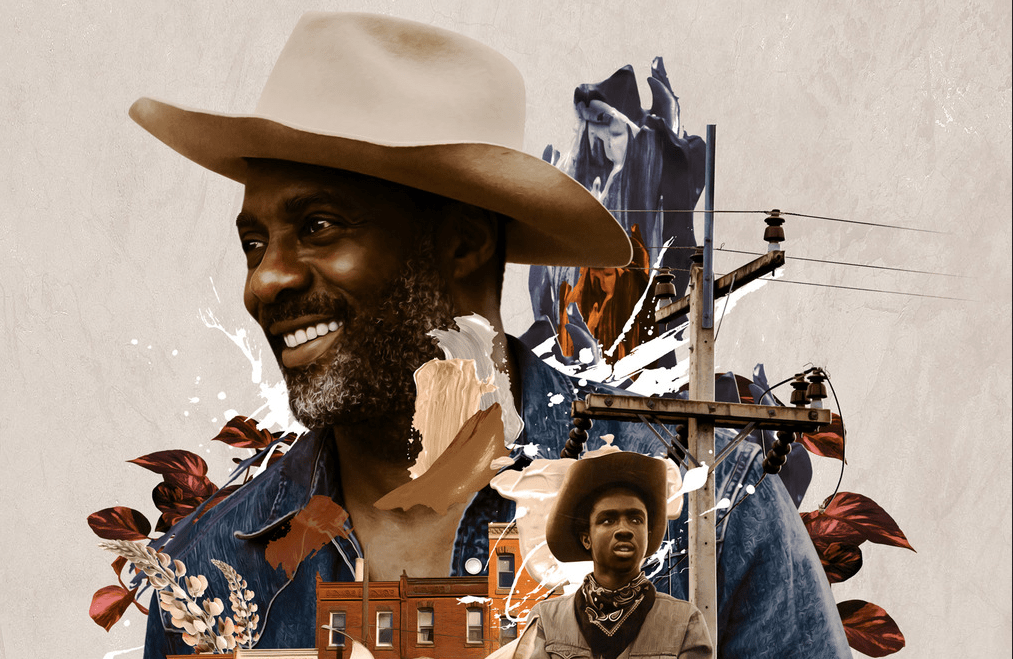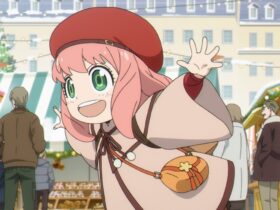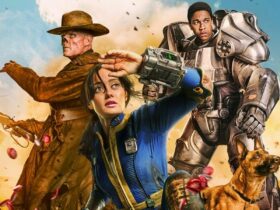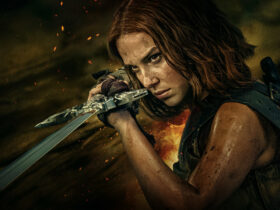Released on Friday on Netflix, here is the review of Concrete Cowboy: the western set in the present day that tells about belonging to a community
ORIGINAL TITLE: Concrete Cowboy. KIND: Western. NATION: United States. FILM DIRECTOR: Ricky Staub. CAST: Idris Elba, Caleb McLaughlin, Jamil Prattis, Jharrel Jerome, Lorraine Toussaint, Cliff “Method Man” Smith, Byron Bowers. time: 111 min. DISTRIBUTOR: Netflix. EXIT: April 2, 2021
Directly from the last edition of the Toronto Film Festival, it arrives on Netflix Concrete Cowboy: the western of Ricky Staub, based on a novel by Greg Neri.
We are not only witnessing the evolution of the father and son relationship, but we explore in detail the uses and customs of a community. The story revolves around the Fletcher Street Urban Riding Club, an organization that invites young African Americans to go straight by practicing the art of horseback riding in the middle of the city streets.
The expedient used is to present the bloody dynamics that characterize the suburbs of the great American cities, not focusing solely on the underworld; on the contrary: the horses, and the remaining cowboys, represent the hope of all the lost boys in search of an identity. Although these customs are now in disuse, and the city is advancing with its buildings, the Cowboys of Fletcher Street do not give up: that’s their place.
The film tells us that the cowboys were not only white, combining the western tradition with the African-American one. All starting from a true story: that, precisely, of the gods cowboy urbani based in Philadelphia in the stables on Fletcher street (and included in the film as extras).
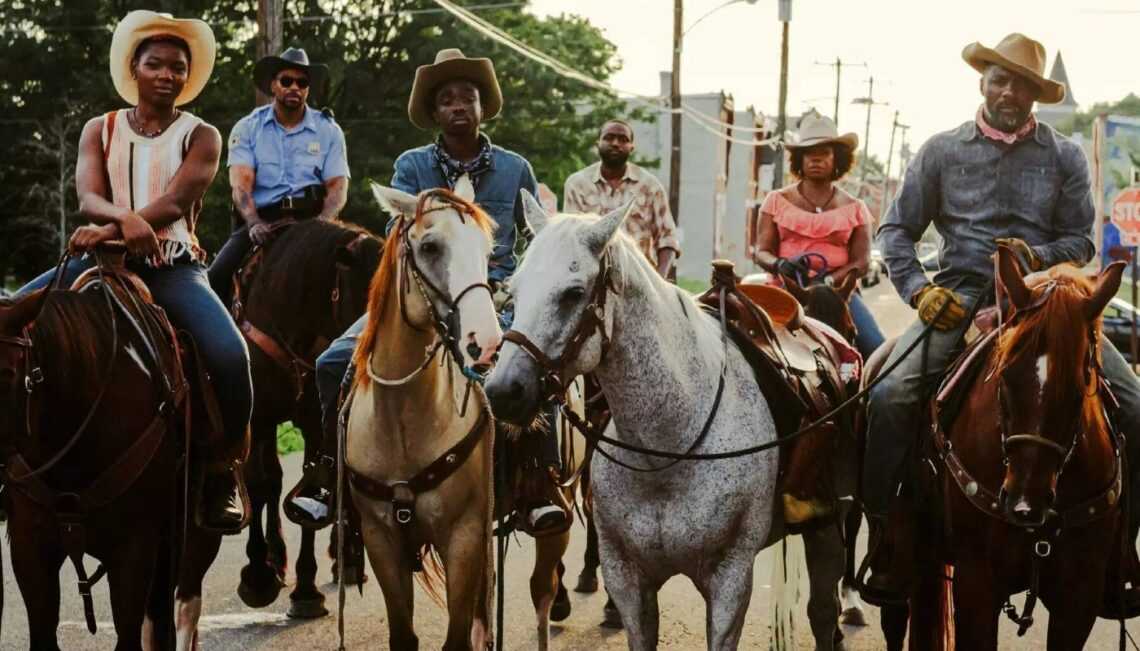
Plot and trailer | Concrete Cowboy Review
From Detroit the young man Cole, a difficult teenager, is sent by his mother, now exasperated by his unmanageable son, by his father Harp. The man lives in northern Philadelphia and has always been absent. Cole thus comes into contact with the local culture of cowboy urbani, of which Harp is a proud exponent; the riding school to which the community refers is however increasingly threatened by gentrification, and Cole, torn between respect for a father with whom he is rebuilding a relationship and a problematic cousin who has also been found after a long time, will be forced to completely review the priority of his life.
Not just a drama about the father-son relationship | Concrete Cowboy Review
Concrete Cowboy it is first of all a story of growth, that of a young boy who is taken away from his city to be catapulted into a new one, where time seems to have stopped and the lifestyle is much more rigid than what he has always been used to.
Cole he is not just a boy with no points of reference, he appears to our eyes still immature, immature, not aware of his real responsibilities nor of the dangers to be avoided. And it is in this I keep swinging between right and wrong who will start a secret fight with his own father (eager to know more), and a race against time with his cousin, drug dealer and former cowboy.
What Cole yearns for is the search for his own identity.
On the other side we find Herp, urban cowboy of Fletcher Street. On this road, frozen in time, like a world unto itself, the local community still lives as in the far west past: breeding horses, asking them, riding them. Herp, for his part, can do nothing but this: take care of his horses. His total inability to establish a dialogue with his son will demonstrate to the latter the growing gap with his father, leading him to commit acts that have important consequences.
And it is with this expedient that Concrete Cowboy shows that he wants to do more than just tell the story of a problematic teenager and the relationship with his father, also bearing witness to a place, Fletcher Street.
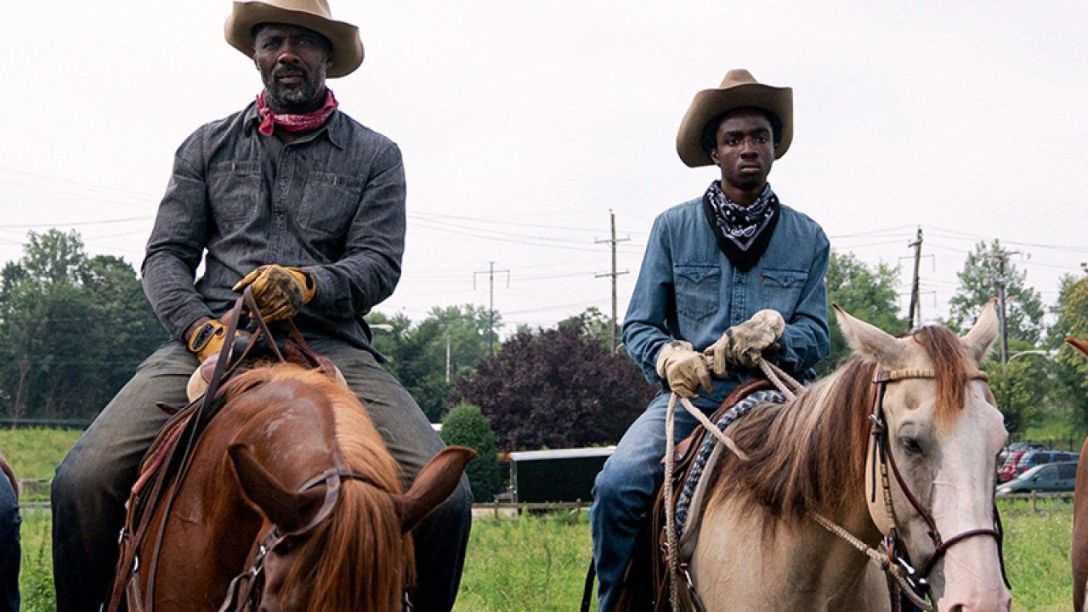
The Fletcher Street Community | Concrete Cowboy Review
The story of the film divides immediately in two subplots: on the one hand a profession, that of the Cowboy, at risk of “extinction” due to the huge growth of urban constructions even in the suburbs; on the other hand, the underworld of the most problematic neighborhoods that are not afraid to kill and reap fear.
In reality, without any apparent link, the two stories are linked by the same lowest common denominator: i cavalli.
By exploiting the dynamics implicit in these two subplots, the film manages to bring to light the political and social testimony of the peripheries. And here is a story that seemed to want to bring back yet another disastrous father / son relationship, tells of an entire community, their needs, their goals, their daily struggles against a world that has cut them off and left them to collect the pieces of their lives. There is no lack of violence, raw and real, social injustices, class struggle and the desire to be recognized for what they really are: the last survivors of an ancient art, that of the Urban Cowboys.

Conclusions
The whole is accompanied by a photography that knows how to do justice to the places described and to the people who present them to us, it’s at carefully chosen music able to take us back in time to westerns who have made history of the genre.
However, despite the political / social discourse and the excellent realization of this context, often the script is quite fluctuating. Nothing to say about the performers, who are able to handle the entire narrative by themselves; while the story itself, especially in some relevant scenes for the plot, does not do justice to the actor’s performance. Where depth is sought, it is not well shown; when, on the other hand, dynamic action is expected, the film moves slowly and at times boring.
It comes out, however, the portrait of a community and the search for an identity with it. We witness the growth of a boy, of a relationship and all of these two elements within a greater awareness of what it really means to belong to a place
Not just a drama about the father / son relationship
Points in favor
- Main actors
- Community history
- Music
Points against
- Swinging script






